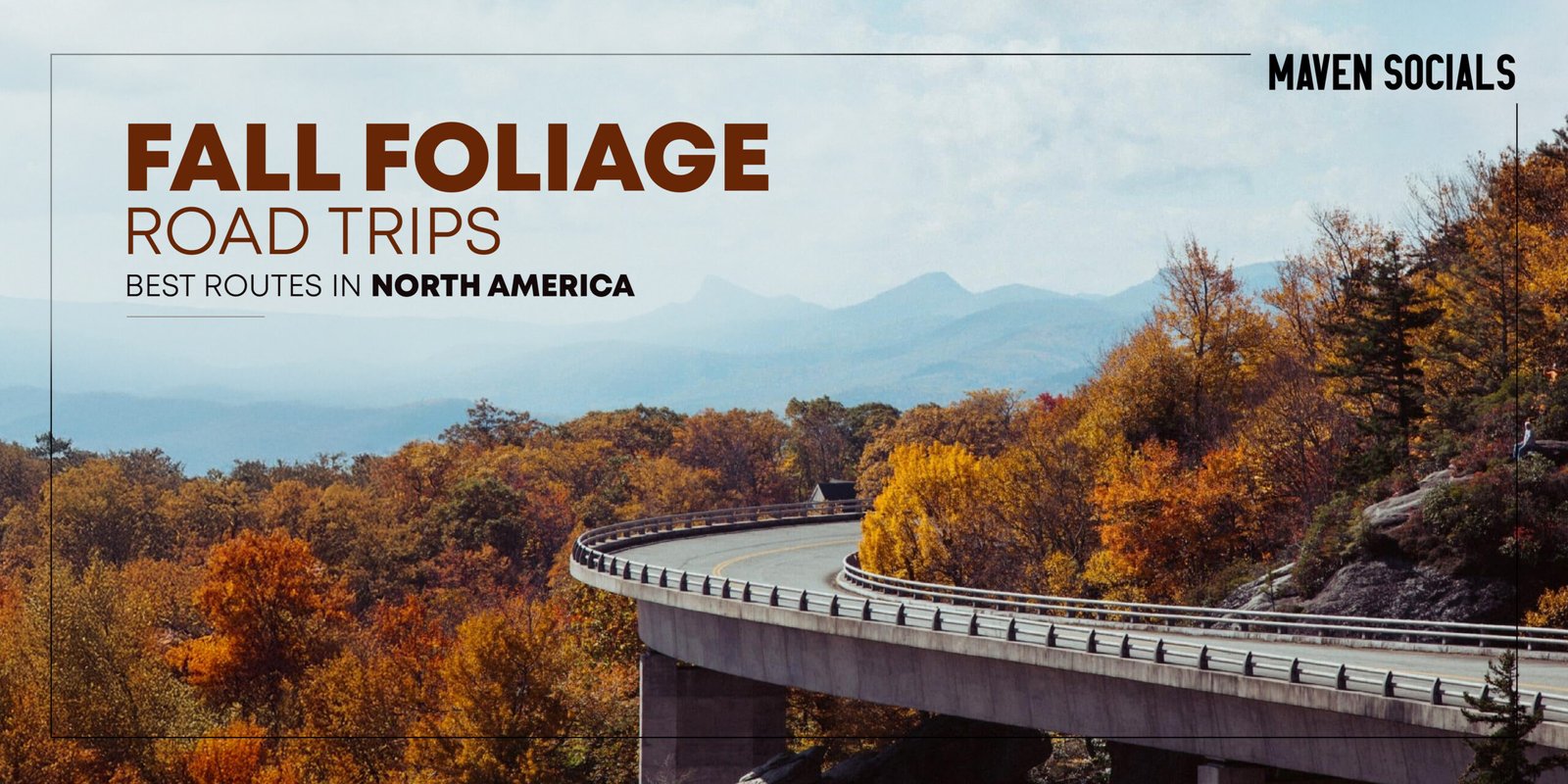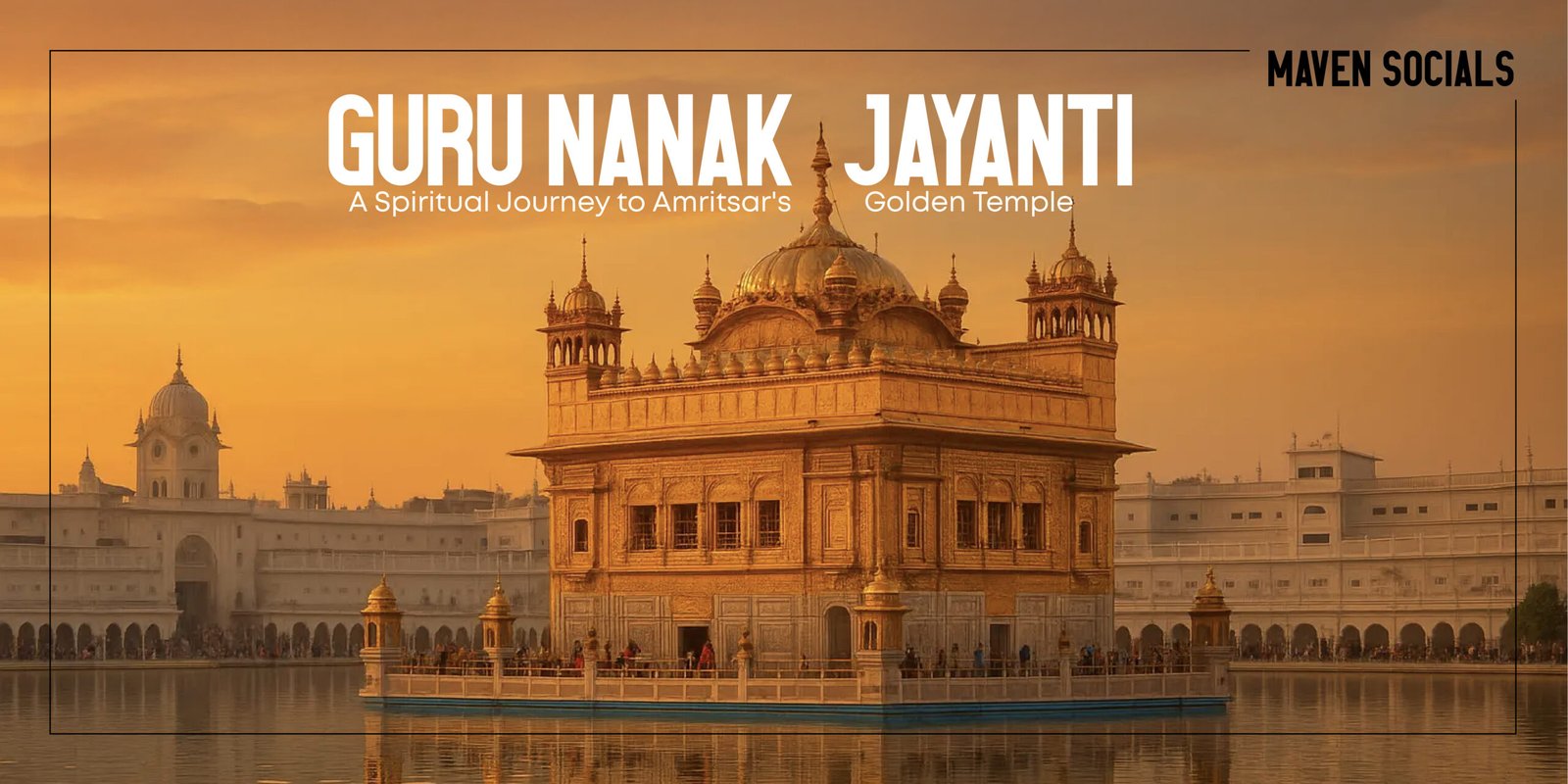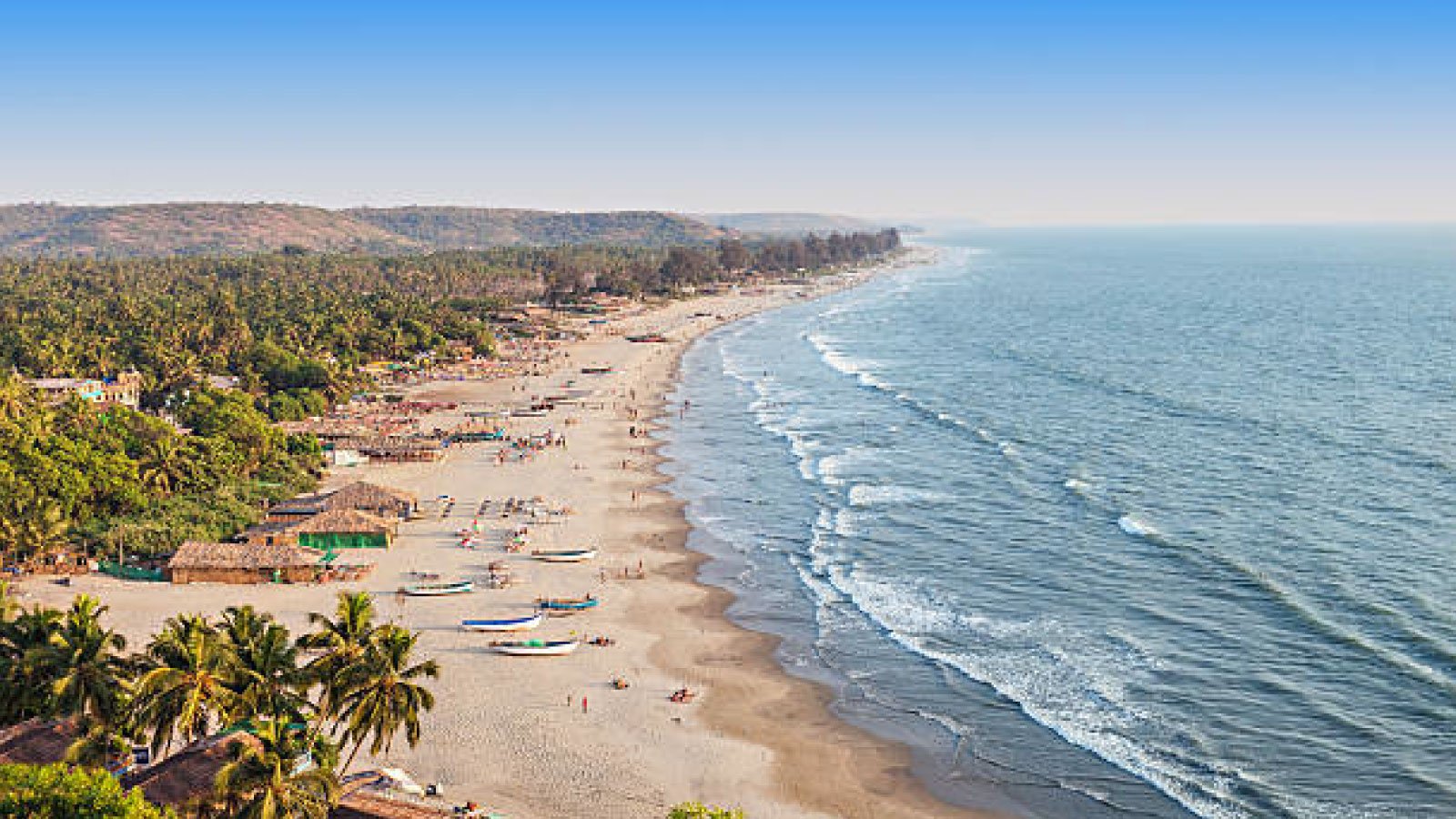Sikkim, a stunning destination in Northeastern India, beckons travellers with its pristine terrains, vibrant culture, and a unique intertwining of tradition and modernity. As you contemplate your travel plans for 2024, Sikkim emerges as a compelling destination, promising a journey filled with excitement and exploration. So, let’s delve into six compelling reasons to consider planning a trip to Sikkim this year.
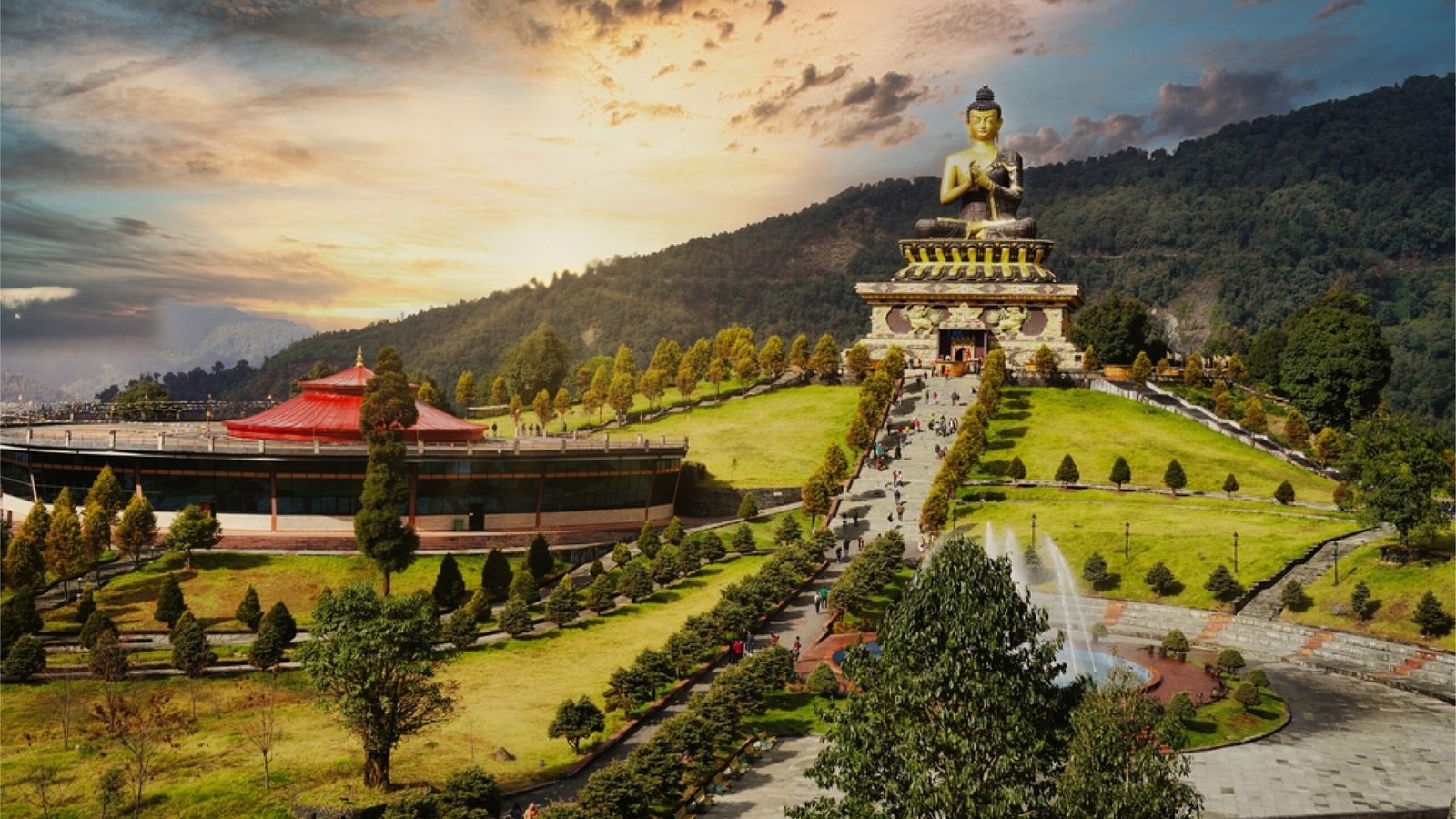
Sikkim Retreat
A Symphony Unfolds in Northeastern Landscapes
The Himalayan range dominates Sikkim’s breathtakingly beautiful landscapes. With the towering presence of Kanchenjunga, the third-highest peak in the world, the region offers a visual spectacle that is nothing short of fantasy. Plan a trek to Yuksom, the gateway to Kanchenjunga National Park, for an immersive experience in the lap of these snow-covered giants.
In spring, the Valley of Flowers in Sikkim transforms into a vibrant canvas of hues adorned with rhododendron blooms. This natural marvel is a visual treat for nature enthusiasts and photographers alike. Witness the hillsides carpeted with delightful blossoms, creating an ambience that captures the essence of nature’s artistry.
Gangtok
Capital’s Cultural Extravaganza
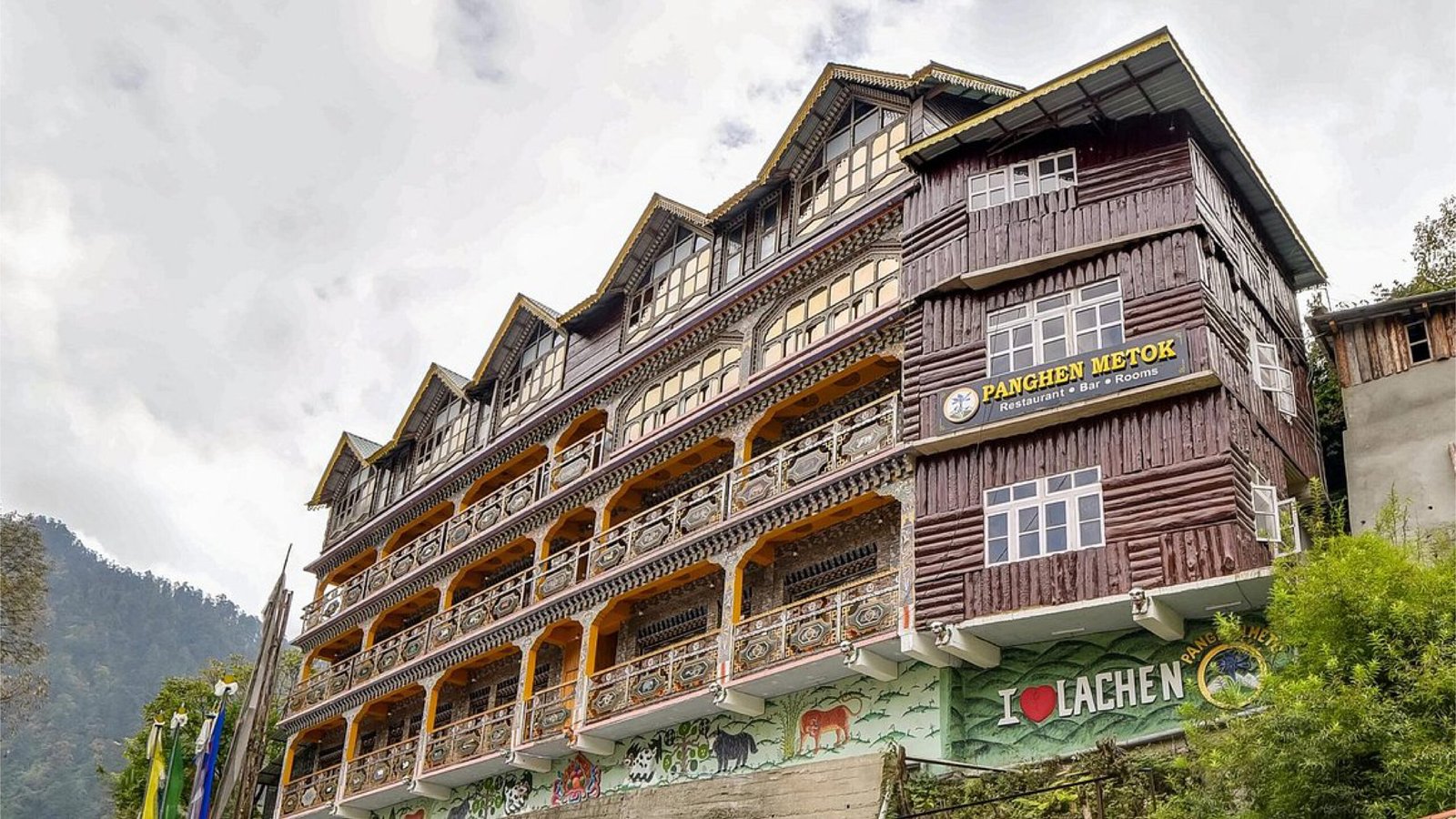
Gangtok, the capital city, is a melting pot of cultures, reflecting Sikkim’s diversity. Visit the Enchey Monastery, Rumtek Monastery, and the Namgyal Institute of Tibetology to delve into the rich Buddhist heritage. The annual Losar Festival celebrated with traditional dances and rituals, provides a glimpse into Sikkim’s vibrant cultural tapestry.
In the northern reaches of Sikkim, the village of Lachen offers an opportunity to experience authentic Sikkimese culture through homestays. Engage with locals, savour traditional cuisine, and partake in festivals like Saga Dawa commemorating Lord Buddha’s enlightenment to experience living traditions.
Biodiversity and Conservation
A Sanctuary of Serenity
Khangchendzonga National Park is a research haven for biodiversity enthusiasts. Explore this pristine wilderness, the abode of diverse animal and plant species, including red pandas, snow leopards, and numerous species of orchids. Go for treks like the Goechala Trek to explore this ecological marvel.
Tsongmo Lake, also known as Changu Lake, is surrounded by towering mountains. Witness the lake’s changing colours and the surrounding alpine meadows. During the winter, the frozen lake offers a unique perspective of Sikkim’s winter wonderland and is a spectacle of glacial elegance.
Adventure Awaits
Exploring the Heights and Beyond

Plan a journey to Nathula Pass for an adventurous drive along one of the highest motorable roads in the world. Connecting Sikkim to Tibet, Nathula Pass provides amazing sceneries and a sense of fulfilment as you ride through this challenging terrain.
Yumthang Valley, renowned for its summer blooms, transforms into a winter delight during the colder months. Explore the valley’s snowy expanse and indulge in winter sports like skiing. The mesmerising landscapes provide an exciting backdrop for adventure enthusiasts.
Serene Monastic Retreats
Peaceful Environs
Ravangla, situated in South Sikkim, is adorned with monasteries that offer tranquillity and spiritual solace. Visit the Ralong Monastery and the Bonn Monastery to experience the serenity of these hillside retreats. Panoramic views of the surrounding mountains complement the peaceful ambience.
Pemayangtse Monastery, a Buddhist art and culture repository, is one of the oldest in Sikkim. Explore the intricate murals, sculptures, and ancient manuscripts that narrate the tales of Sikkim’s spiritual legacy.
Sustainable, Responsible, Ecotourism
Green Initiatives
Sikkim has gained acclaim for its sustainable tourism and environmental conservation. As India’s first fully organic state, Sikkim showcases the importance of responsible travel. Embrace eco-friendly practices, support local initiatives, and contribute to preserving the region’s natural beauty.
Dzongu, an offbeat destination in North Sikkim, promotes community-based tourism. Immerse yourself in the local way of life, interact with indigenous Lepcha communities, and contribute to preserving Sikkim’s cultural and environmental heritage.
Reflections on Wanderlust
Sikkim is a realm of serenity and exploration. From the towering peaks of Kanchenjunga to the serene monastic retreats, every facet of Sikkim invites you to delve into its unique charm. The cultural vibrancy, biodiversity, and sustainable tourism initiatives create a harmonious blend that makes Sikkim a destination worth experiencing. So, pack your bags, travel to Sikkim in the heart of the Himalayas, and let the destination unveil its mystical trails before you.



